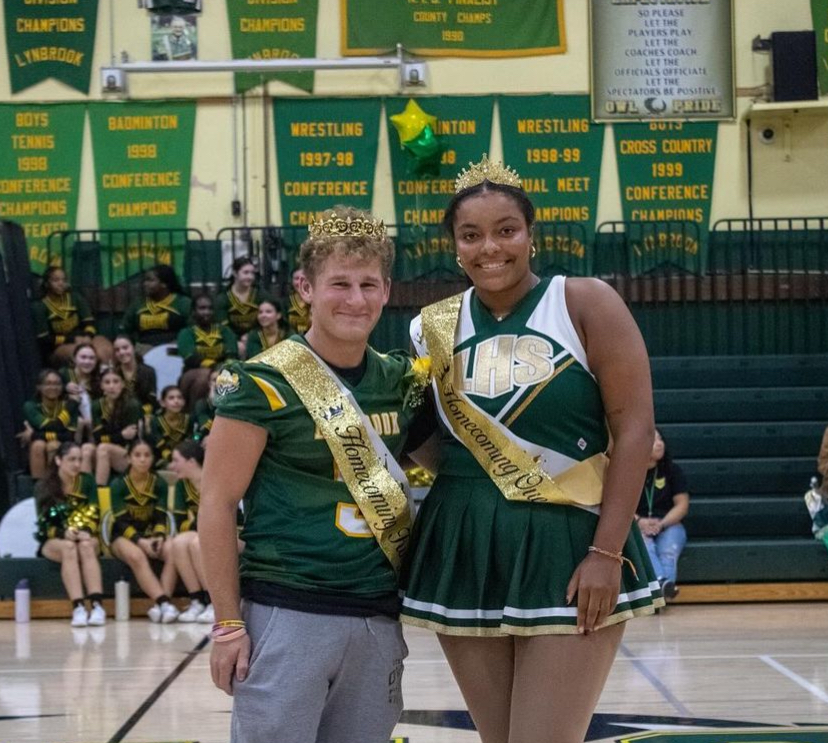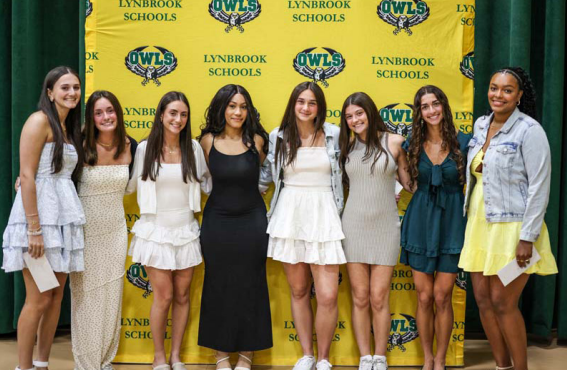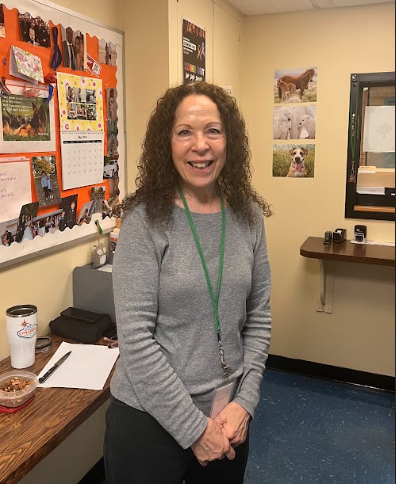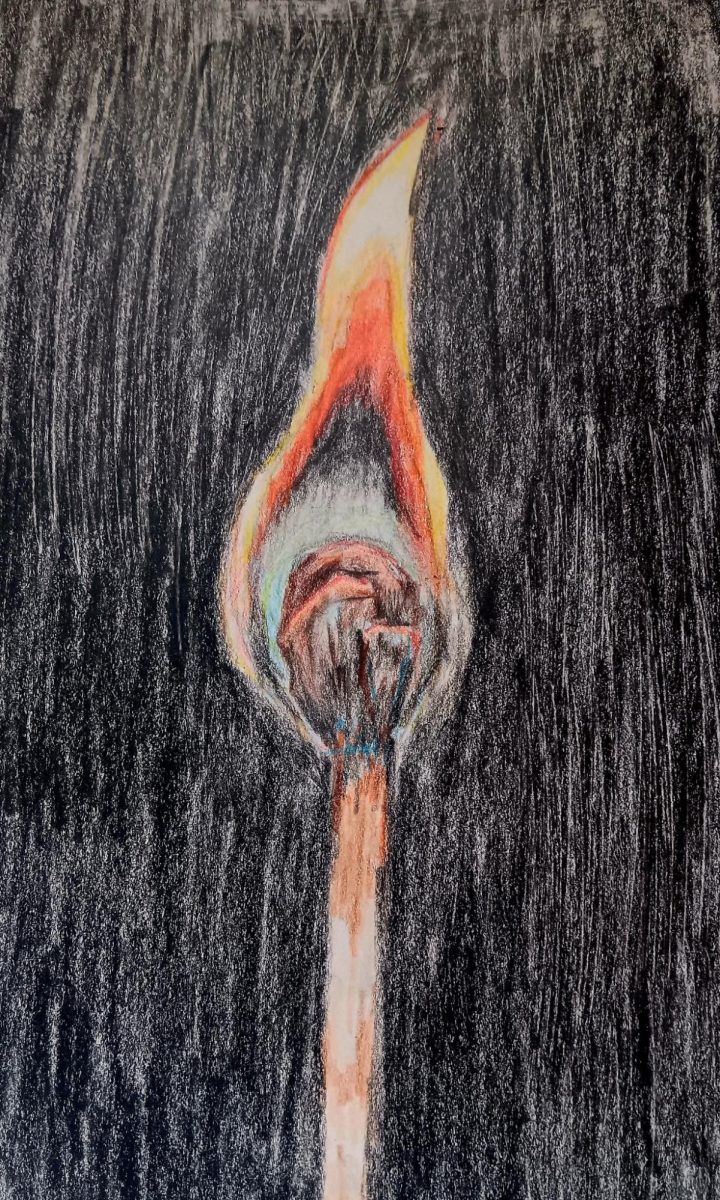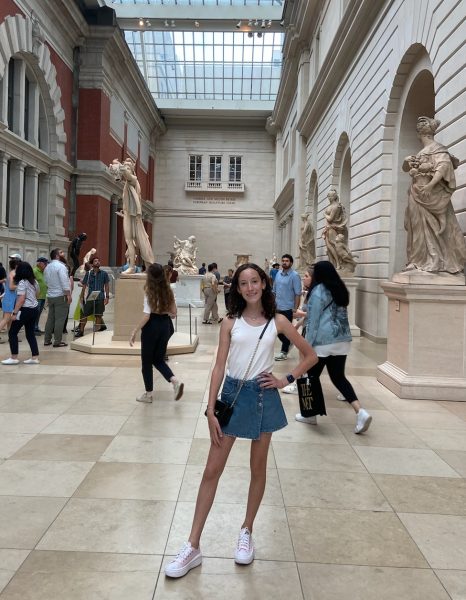ISEF: a dream of hundreds of student researchers. Lynbrook was proudly represented by senior Nora Kane at the Regeneron International Science and Engineering Fair (ISEF). “ISEF has been a dream of mine since I heard about it in seventh grade,” Kane reminisced.
The process of acquiring a spot in ISEF is long, and much effort must be dedicated to one’s project. Kane found a passion for math and physics, which led her to composing her project. “I developed a new method for stabilizing high energy particle accelerator beams using machine learning. Currently, labs such as Brookhaven National Laboratory are spending millions of dollars to construct high energy particle accelerators with no methods to efficiently determine the chromaticity of the beams – a beam parameter which describes the effect of varying energy levels on particle beam motion. These labs are relying on new research to be done before construction is completed to allow for successful experimentation using the accelerators. My project was the first of its kind to solve this issue and develop a method for accurately determining chromaticity of high energy beams in a timely manner,” Kane explained.
One of the most prominent tasks to do when preparing for a competition is practicing. It is important for researchers to be good speakers, listeners, and know as much as possible about the project they researched; it is not solely based on how great the individual’s project is, rather how well they present and get the judge’s attention. “I would rehearse my presentation multiple times every day in research with Mrs. McAuley, and sometimes with Mr. Vessalico, visiting physicists from universities, and scientists from my mentor’s lab, Brookhaven National Laboratory,” added Kane.
The New York State Science and Engineering Fair (NYSSEF) is a preeminent competition, and if a person’s project places in one of the top spots, he/she gets a spot to ISEF. “Honestly, the entire day was a whirlwind of emotions,” said Kane. Knowing that this competition is the last stop before internationals, it can be extremely stressful. Kane said, “I knew the science behind my project, and I knew it was impactful. As the judging went on though, I began to lose that confidence as the judging didn’t go as well as I had expected.”
Kane had her friends and fellow researchers there at NYSSEF to comfort and cheer her on. Senior Caiden Lung said, “When I found out Nora qualified, I was so happy for her. She was crying and shocked when [she] heard her name called for ISEF, and [we] couldn’t stop cheering.” Science Research teacher Kathleen McAuley explicated, “[When she was accepted to ISEF,] I felt so incredibly excited and proud. She worked so hard and I love when students who put in a lot of effort are rewarded.”
ISEF competition day can last up to ten hours, so by the end of the day, students are exhausted. “[I] was pleasantly surprised with the level of confidence from the students, most people felt like they did everything they possibly could to be prepared,” said McAuley. Most often, people assume that this day is nerve-racking for people, as they must present very well to judges; however, this year students did not appear to be as anxious as expected. McAuley recalled, “[I noticed a lot of] the ‘no regrets mentality,’ which is really exciting for me to see as a teacher.”
After the competition, students are pleasantly rewarded with an exuberant trip to ease their stress. This year, students went to Universal Studios; in fact, the entire park was shut down for ISEF students to enjoy. Other places they ventured include Warner Bros Studios, Santa Monica Pier, Hollywood Walk of Fame, Griffith Observatory, and many different restaurants.
Although the process of preparing, practicing, and researching takes many long hours, participants say it is worth it in the end. It takes motivation, inspiration, and diligence to be able to accomplish something like this, especially as a high schooler.

